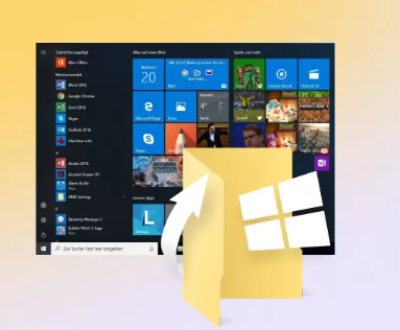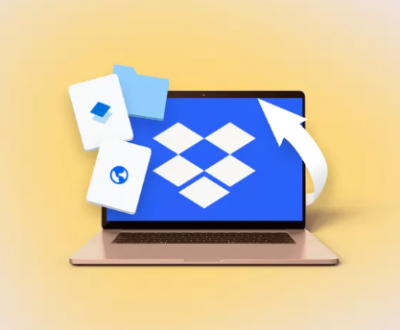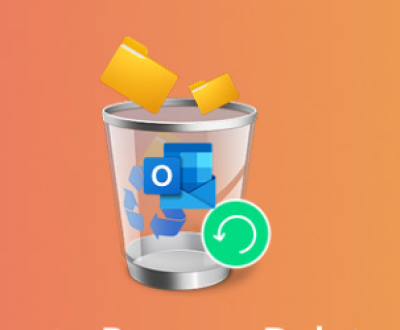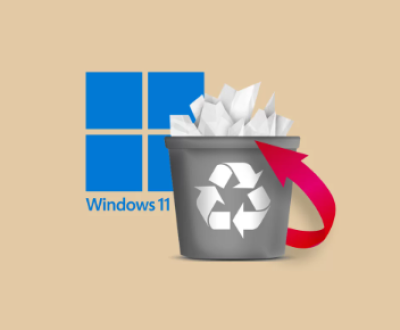If your Mac isn’t recognizing your USB flash drive, it can be a frustrating experience, especially when you’re unsure what to do. USB recognition problems are common and can arise from several causes, such as hardware issues, software conflicts, or corrupted files.
USB Flash Drive Not Being Recognized on a Mac
1. Physical Connection Issues
One of the most common reasons a USB flash drive might not be recognized is a problem with the physical connection between the drive and the computer. This could be due to:
Loose or damaged ports: Over time, your Mac’s USB ports may accumulate dust or debris, which could interfere with the connection. Additionally, if the port or the flash drive itself is damaged, it may not be able to establish a proper connection.
Faulty USB cables: If you’re using a cable to connect the drive, the cable could be damaged or of poor quality.
Damaged USB flash drive: The flash drive itself might have sustained physical damage, which could render it unreadable.
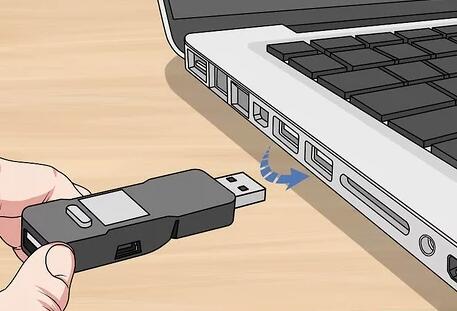
2. Incompatible File System
Mac computers natively support certain file systems, such as HFS+, APFS, and FAT32. However, some USB drives come pre-formatted with file systems that Mac might not support directly, such as NTFS, which is common on Windows machines. While modern Macs can read NTFS drives, they cannot write to them without third-party software. If the flash drive is formatted in a file system that macOS does not recognize, the drive may not appear in Finder.
3. Corrupted or Damaged Drive
Corruption of the USB flash drive’s file system is another common issue. Corruption can occur due to improper ejection of the drive, power surges, or sudden disconnection during data transfers. A corrupted file system might prevent the Mac from recognizing the drive altogether.
4. Software Conflicts
Sometimes, certain background processes or applications on your Mac might interfere with the ability to recognize external drives. This can happen if there is conflicting software, such as antivirus programs or third-party disk management tools.
5. Outdated macOS or Drivers
If you’re running an outdated version of macOS, it might not support newer USB standards or hardware. This could lead to recognition issues. Although macOS does a good job of staying updated with hardware compatibility, older systems may not recognize new USB devices without the proper drivers.
Diagnosing the Problem
Before diving into solutions, it’s important to properly diagnose the issue. Here are steps you can take to identify the problem:
1. Check USB Ports
First, try connecting your USB flash drive to different ports on your Mac. If you have multiple USB-C or USB-A ports, try them all. If the drive works in one port but not another, the problem may be a faulty port rather than the drive itself.
2. Test on Another Device
Connect the USB flash drive to another Mac or a Windows computer to see if it’s recognized. If the other computer can read the drive, the issue likely lies with your Mac. If no device recognizes the drive, it’s more likely that the flash drive is damaged or corrupted.
3. Check in Disk Utility
macOS includes a built-in tool called Disk Utility that can help diagnose and fix drive problems. To check if your USB flash drive is recognized:
Open Disk Utility by searching for it in Spotlight or finding it in Applications > Utilities.
Look for your USB flash drive in the sidebar on the left. If it’s listed but greyed out, the system recognizes it but it’s unmounted.
If the drive appears, you can attempt to mount it manually. If it doesn’t appear at all, there may be a more significant issue with the drive.
4. Check System Information
Another useful tool is the System Information app, which can help you determine whether your Mac is detecting the USB flash drive on a hardware level.
Go to Apple Menu > About This Mac > System Report.
In the left sidebar, under the Hardware section, click USB.
You should see a list of connected devices. Look for your USB flash drive in this list. If it appears here but not in Finder or Disk Utility, the problem may be software-related.
Solutions for USB Flash Drive Not Recognized
Once you’ve diagnosed the problem, you can try the following solutions.
1. Reconnect the Drive Properly
If you suspect a loose connection, try the following:
Unplug and replug the drive: Sometimes, simply reconnecting the drive can resolve the issue.
Use a different USB port or hub: If your Mac has multiple USB ports, try each one. If you’re using a USB hub, try connecting the drive directly to the Mac.
Check for dust or debris: Gently clean the USB port and the flash drive’s connector with a soft cloth.
2. Reformat the USB Flash Drive
If the issue is due to an incompatible file system or corruption, reformatting the USB drive might help. Be aware that this will erase all data on the drive, so it’s essential to back up any important files beforehand.
Open Disk Utility.
Select your USB flash drive from the sidebar.
Click the Erase button.
Choose a format that’s compatible with both macOS and other devices you might use, such as exFAT or MS-DOS (FAT) for wider compatibility.
After erasing, try reconnecting the drive.
3. Run First Aid in Disk Utility
macOS includes a tool called First Aid in Disk Utility, which can repair certain file system errors and minor corruption issues. To use it:
Open Disk Utility.
Select your USB flash drive from the sidebar.
Click the First Aid button and confirm that you want to run the tool.
Once the process completes, try reconnecting the drive to see if it’s recognized.
4. Update macOS and USB Drivers
Make sure you’re running the latest version of macOS. Updates often include bug fixes and improved hardware support, which could resolve USB recognition issues. To check for updates:
Go to System Preferences and click Software Update.
If updates are available, follow the prompts to install them.
5. Reset NVRAM/PRAM
Resetting your Mac’s NVRAM (non-volatile random-access memory) or PRAM (parameter random-access memory) can fix various hardware-related issues, including problems with USB recognition. Here’s how:
Shut down your Mac.
Turn it on, then immediately press and hold Option + Command + P + R.
Hold the keys for about 20 seconds, then release them and let the Mac restart.
6. Reset the SMC (System Management Controller)
The SMC controls various hardware functions, including USB power. If there’s a problem with how the Mac handles hardware connections, resetting the SMC might help:
Shut down your Mac.
For Macs with non-removable batteries (like newer MacBooks), press and hold Shift + Control + Option on the left side of the keyboard and the power button simultaneously for about 10 seconds.
Release the keys, then press the power button to turn on your Mac.
7. Use Third-Party Software
If your USB flash drive is recognized but inaccessible, you can use third-party recovery software like Panda Assistant, which specializes in recovering lost or corrupted files from external drives. Data recovery tools can attempt to access the drive and recover files even if the file system is damaged.
8. Try Safe Mode
Booting your Mac in Safe Mode can help determine if a third-party software or extension is preventing the USB drive from being recognized:
Shut down your Mac.
Turn it on and immediately press and hold the Shift key.
Release the key when you see the login window. In Safe Mode, try connecting your USB drive to see if it’s recognized.
9. Check for Disk Encryption
If you’ve previously encrypted the USB drive using FileVault or another encryption tool, the drive might not be accessible until you unlock it. Check if the drive is encrypted and make sure you have the necessary password or credentials to unlock it.
Preventing Future Issues with USB Flash Drives
To avoid problems with USB flash drives in the future, here are some tips:
Eject the drive properly: Always eject your USB flash drive before unplugging it to prevent file system corruption. You can do this by right-clicking the drive in Finder and selecting “Eject” or by dragging it to the trash.
Use quality drives and cables: Invest in reliable USB drives and cables to minimize the risk of hardware failure.
Keep your software updated: Regularly update macOS and any third-party software to ensure compatibility with your hardware.
About us and this blog
Panda Assistant is built on the latest data recovery algorithms, ensuring that no file is too damaged, too lost, or too corrupted to be recovered.
Request a free quote
We believe that data recovery shouldn’t be a daunting task. That’s why we’ve designed Panda Assistant to be as easy to use as it is powerful. With a few clicks, you can initiate a scan, preview recoverable files, and restore your data all within a matter of minutes.

 Try lt Free
Try lt Free Recovery success rate of up to
Recovery success rate of up to


